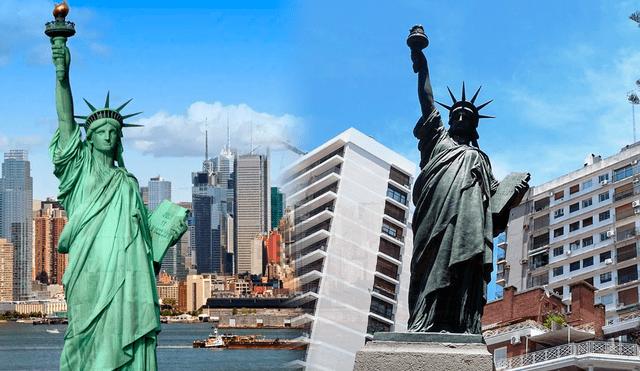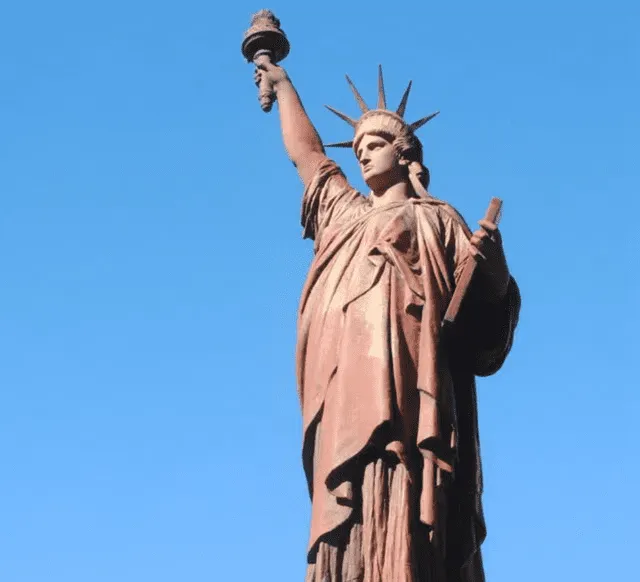Before the US: Latin America’s Statue of Liberty predates New York’s iconic Monument
Long before New York’s Statue of Liberty became an icon, one country in Latin America inaugurates its own version in 1875. Learn how this monument predates its American counterpart and what it symbolizes.

While most people associate the Statue of Liberty with New York City, a surprising fact remains largely unknown: a smaller yet significant version of this iconic monument was inaugurated 11 years earlier in Buenos Aires, Argentina. Created by the same sculptor, Frédéric Auguste Bartholdi, the Buenos Aires statue stands as an emblem of liberty and independence, preceding the world-famous American monument by over a decade.
This unique piece of history highlights the interconnected cultural and historical narratives between Latin America and the United States, offering a fresh perspective on the legacy of liberty.
Latin America’s hidden gem: Which country had the first Statue of Liberty
Nestled in the Barrancas de Belgrano park in Buenos Aires, this lesser-known Statue of Liberty was inaugurated in 1875. Its location in the vibrant Belgrano neighborhood adds to its charm as both a historical artifact and a local landmark.
Crafted from cast iron, this statue, while significantly smaller than the towering New York version, embodies the same universal ideals. The Buenos Aires monument features a woman holding a torch high in her right hand, symbolizing enlightenment, and a tablet in her left hand inscribed with the Declaration of Independence, representing freedom. A broken chain lies at her feet, a powerful image of liberation from oppression.
Over time, the statue’s bronze finish has oxidized, resulting in a greenish patina that mirrors the appearance of its New York counterpart.

Although many people have tried to uncover the exact origin of the Liberty Statue in Buenos Aires, it remains a mystery. Photo: Billiken.
Frédéric Auguste Bartholdi’s Vision: Liberty Across Continents
The French sculptor Frédéric Auguste Bartholdi is best known for designing the Statue of Liberty in New York, but his work in Buenos Aires reveals his broader vision of liberty as a global ideal. While the New York statue was a gift from France to the United States, the Buenos Aires version serves as a unique testament to Argentina’s embrace of liberty during the 19th century.
Although details surrounding the commissioning of the Buenos Aires statue remain unclear, its early inauguration underscores Argentina’s progressive values and its connection to the global fight for freedom.
The Legacy of Buenos Aires’ Statue of Liberty
Despite being smaller and lesser-known, the Buenos Aires Statue of Liberty holds a significant place in the city’s cultural and historical landscape. Over the years, the statue has faced challenges, including vandalism in the 1980s, yet it continues to stand as a symbol of resilience and freedom. Efforts to preserve the statue have ensured that it remains a treasured landmark in Argentina’s capital.
The statue’s presence offers a profound narrative about shared ideals of liberty and independence that transcend borders, linking Latin America with the broader global context of democratic values.
